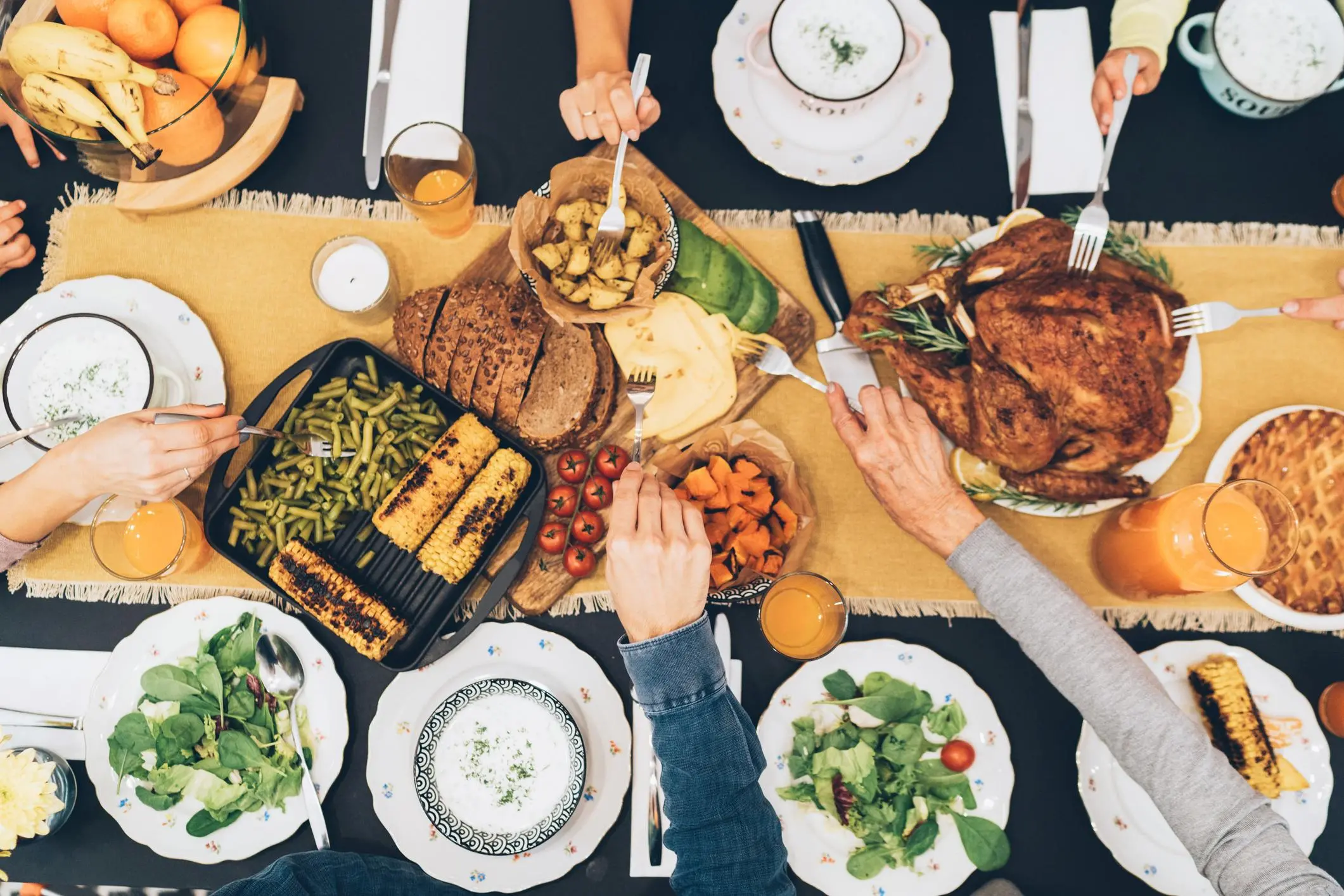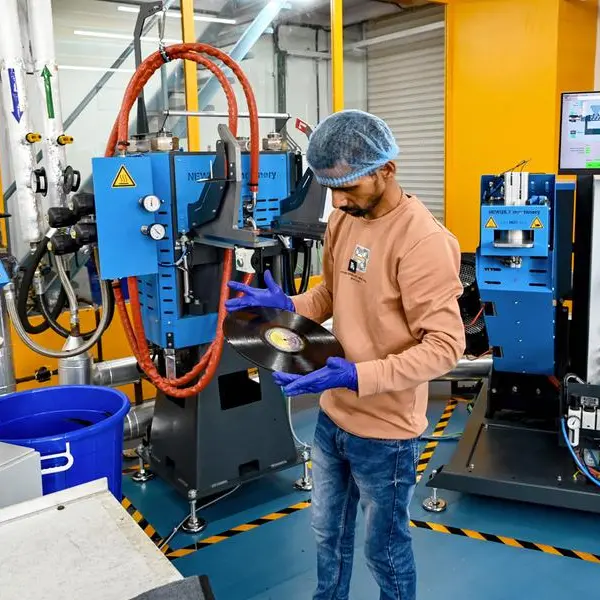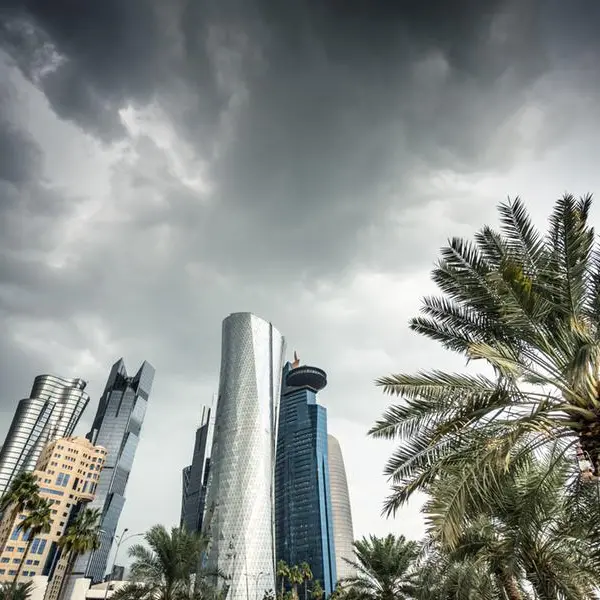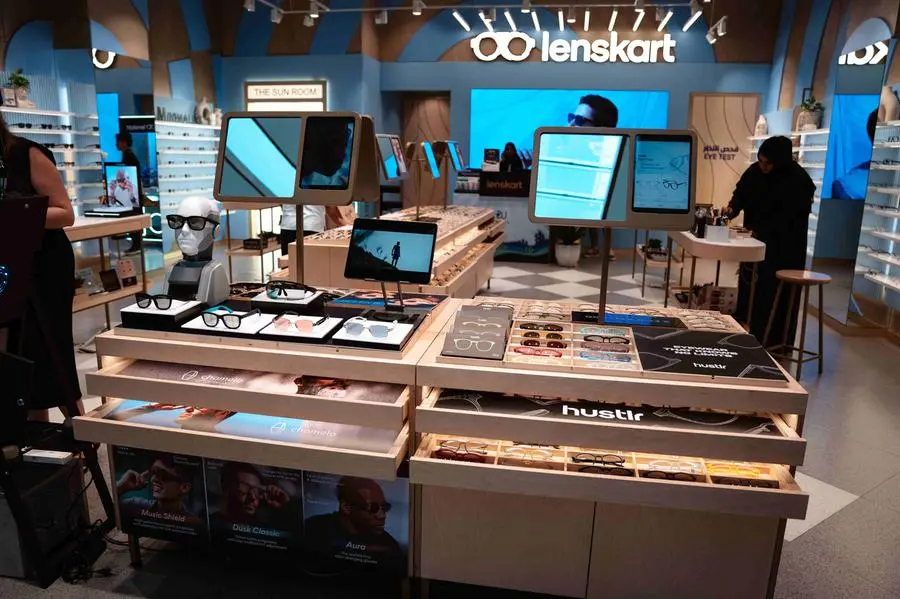PHOTO
The other day, a Facebook friend — and a gastronomical fiend — put up a post on his recent outing to an ‘established’ New Delhi eatery, one of those “nicely vintage” places that used to get pats on its back for having set the bar at a time when eating out (at least in India) was not quite de rigueur. He lambasted the service — that had “a smug quality of complacence” — and the food, which he referred to as being “unpretentiously bad”. This was followed by a rant on “how difficult can it be to stick to the formula of basic north Indian assembly line prep while running a restaurant housed in the heart of north India?”
When I read that post, my spontaneous (but inarticulated) reaction was: “This would never happen in Dubai.” Not just because of an ingrained system of checks and balances, but because here, expats — Indians and non-Indians alike — have a subliminal relationship with food that demands a deep commitment.
Dubai emerges a foodie capital — ranking alongside London, Paris, New York — in most methodologies-driven surveys, and the gamut of cuisines it offers is perhaps nonpareil. But, for me, the most thumping endorsement of Indian food — including desi Chinese and Calcutta-style Chinese (yes, that’s a different subset in the Indian variant) — being consistently top-notch in Dubai is the ubiquitous fact that whenever I am in India, I miss Indian food… of the quality you get here.
Now, the thing about Indian food is that it is, arguably, one of the most complex cuisines in the world. Every part of the country has something different — and unique — to offer. It has a huge, multi-dimensional and — get this — very wavering outlay. When I lived in Delhi, often acknowledged as being the unofficial food capital of India, I had no clue about south Indian cuisine, for instance — other than the dosa-idli-vada subset. It was in Dubai I discovered that southern (Indian) cuisine is not predominantly vegetarian. That Kerala food has a lot in common with Bengali food when it comes to using coconut milk. That Karnataka sambhar is remarkably different from the Tamilian version. And so on.
If culinary India is a world in an oyster, Dubai is the place to go on a fishing expedition.
In a recent interview to Financial Express, Indian celebrity chef Sanjeev Kapoor — who runs a few restaurants in Dubai, said, “Many parts of the Middle East in general and Dubai in particular share over a century-long relationship with the people of India and its cuisine. The close proximity, easy accessibility, trade relations, family bonds and mutual respect has captured the hearts, minds, and souls of the residents of both India as well as Dubai. The cuisine of India gained fame due to its uniqueness, elegance, spice and flavours. The Indian expatriate population helped in its availability and penetration into the Emirati city…Traditional Indian cuisine was introduced… long before any other cuisine gained momentum. Indian cuisine is very popular in Dubai and will continue to remain popular.”
Sreetama Mishra is Vice President, Sales (Dubai and Mumbai), of curated restaurant guide and reservation platform EazyDiner. “The UAE culture is very deeply rooted to India — in terms of travellers [from India] coming in, the business eco-system [set up by Indians], professionals who work here… It’s on this foundation that a solid food landscape has been built.” According to her, despite an implosion of world cuisine, she has data proclaiming “Indian restaurants are picking up like never before. The interesting thing is that reservations we handle are not just from Indians — they are from an international base, including Emiratis and Europeans.” What has added value to the food chain is how certain spices have gained global traction for their health benefits: look no further than haldi — or turmeric.
Put reinvention into the mix, and you have the heady aroma of success. “Eateries like Farzi Café experiment with the look and feel and texture of the food but keep the taste in place… so they are serving the age-old butter chicken, but in a more creative way.”
Take the case of Maharaja Bhog, Sreetama points out. “You get 32 different kinds food in a thali format… the customer experience — when you walk in, you wash your hands with water infused with rose petals — is almost regal.” While Maharaja Bhog is value-for-money, there’s the more exalted Punjab Grill at the Oberoi Dubai that gives you a lavish interface with traditional décor — “but retaining the authenticity, the original flavours”.
“If you want to know how the world is reacting to Indian food, the UAE is a good benchmark because it is the ultimate melting pot,” Sreetama sums up.
We catch up with two F&B experts to examine the foodscape further: Rohith Muralya, Director, Concept Cuisine, SFC Group (that owns India Palace and Golden Dragon restaurants), and Rayyan Rizvi, Managing Director of Yoko Sizzlers (popular for their ‘Indianised’ sizzlers).
Indian restaurants as they fare today in the UAE market Rohith Muralya: While our industry is constantly evolving [to be in step] with customer expectations, there is room for every type of concept in the market. But I fundamentally ?believe that customers frequent brands that can give them a consistent experience, whether it is for wholesome simple food or the wow experience.
Rayyan Rizvi: Indian food has evolved by leaps and bounds in the last decade or so. You have the traditional Indian food chains which have existed over the last four or five decades. But we have also seen the rise and rise of celebrity Indian chefs like Vikas Khanna and Vineet Bhatia who put Indian cuisine on the global map; there are also some luxurious new Indian joints that are have created a stir in the UAE. It may be unfair to compare the two concepts [traditional vs new-age] as both have different audiences and will co-exist as there is still a good appetite for both — and that’s not going anywhere anytime soon.
On Indian food being classified as too ‘spicy’ — and even stereotyped
Rohith Muralya: Over the centuries, Indian cuisine has evolved into an art where spices are employed to flatter our senses. I don’t think the stereotype applies to restaurant brands that understand the traditional cooking techniques behind blending the spice mixes to the right balance that gives the customers a rich experience of flavours in harmony.
Rayyan Rizvi: ‘Spicy’ implies seasoned with spices. Most piquant Indian food is ‘spicy’, as it is cooked with one spice or another. So, yes, Indian food is spicy. However, people have this incorrect notion that using too much chillies and being ‘spicy’ are the same. So, the answer is, no, not all Indian food is chillies-infested; yes, Indian food is spicy… but this “classification” is incorrect.
On what will be new on the table
Rohith Muralya: I think there is an overall refinement of the customer palate because of the sheer variety of offerings in the market. I believe that customers are definitely getting more particular about which places they would like to patronise depending on cuisine preferences: Gujarati vegetarian or spicy Andhra or coastal Goa… And this hyper speciality would be defining customer ordering patterns in the future. Indian cuisine is too vast to generalise, I’m hoping that everyone around the world has the opportunity to try what each of the states [of India] have to offer.
Rayyan Rizvi: Indian cuisine is amongst the top 10 cuisines in the world. So, the demand will always be there. There is always a scope to play around with the variety of ingredients on offer. With more and more people getting conscious of calorie intake each day, there is room to bring [the spotlight on] Indian food in a completely new light and break the shackles of it being oily and unhealthy etc. So I wouldn’t say major changes but, yes, there is room to bring something new to the table.
How the world views Indian food
Rohith Muralya: To be honest I believe that Indian cuisine has managed to carve out a niche for itself on the world cuisine platform. And it all comes down to the refined employment of spices to find a balance to flavour. ?It makes Indian cuisine one of the most complex to master and there is a growing appreciation for it.
Non-Indians love Indian food; in fact, we are proud to say about 70 per cent of our customers are non-Indians and we have had the opportunity to serve generations of customers. My favourite personal experience is meeting an Emirati family at one of our branches and the father told me, “My father used to bring me to India Palace when I was a kid, and I am bringing my son, and I’m sure he will bring his.” There is a no bigger compliment we could have received than having created generational patrons who have a trust in the quality of our quality of food and service.
Rayyan Rizvi: Sizzlers, as a concept, ?originated in Japan. At Yokos, over 30 years, we have Indianised it with our spices. ?There is nothing original other than the wooden and cast iron plate. Non-Asians have an ?idea about Indian food, so they tend to like ?sizzlers as they are something different from the regular Indian dishes like Butter Chicken ?or Chicken Tikka Masala and actually healthier. You can’t beat a Chicken Shashlik with garlic/pepper Sauce on a chilly evening. We are lucky to have a loyal customer base. A little girl who celebrated her second birthday with us back in the day recently chose to commemorate her 18th birthday with us — and it was ?very special.
How to stay on top of the game in a fast-moving sector
Rohith Muralya: The pace of evolution in F&B has definitely changed; but the fundamentals have not. The main principles we live by is a focus on quality and delivering to customers ‘authentic’ Indian food — that derives its roots from true spice combinations of ancient India — while keeping in mind ever-evolving taste palates. His Highness Sheikh Mohammed bin Rashid Al Maktoum, Vice-President and Prime Minister of the UAE and Ruler of Dubai, once said, “The race to excellence has no finish line.” There can be no better reference. We continuously strive to evolve and improve operations in an effort to better our customer experience.
Rayyan Rizvi: It is a mix of a variety of factors — like quality, consistency and a customer-oriented approach [amongst others]. Also, there is a certain element of luck involved, as we were the first movers as far as [Indianised] sizzlers are concerned.
Biggest lessons learnt so far
Rohith Muralya: Be obsessed about product quality and customer experience — those are the foundations for creating successful and sustainable F&B operations. Relentlessly sourcing the best quality ingredients, and actively listening to customer feedback will give you enough opportunities to develop and refine your offering.
Rayyan Rizvi: Be authentic, rather than being over the top. There are a lot of places that open with a lot of fanfare but before you know it, they shut shop as they do not focus on basics. Even if you spend millions on your decor and marketing, if the food and service is average, you will shut shop eventually.
Diners in Dubai these days are very smart, and they do easily distinguish between what’s real and not. They will try out a new place but if it’s not up to the mark, because the competition is so immense, the opportunity for a second chance is very low. You can’t survive with only first-time diners. You need people coming through the door over and over again.
Copyright © 2022 Khaleej Times. All Rights Reserved. Provided by SyndiGate Media Inc. (Syndigate.info).























